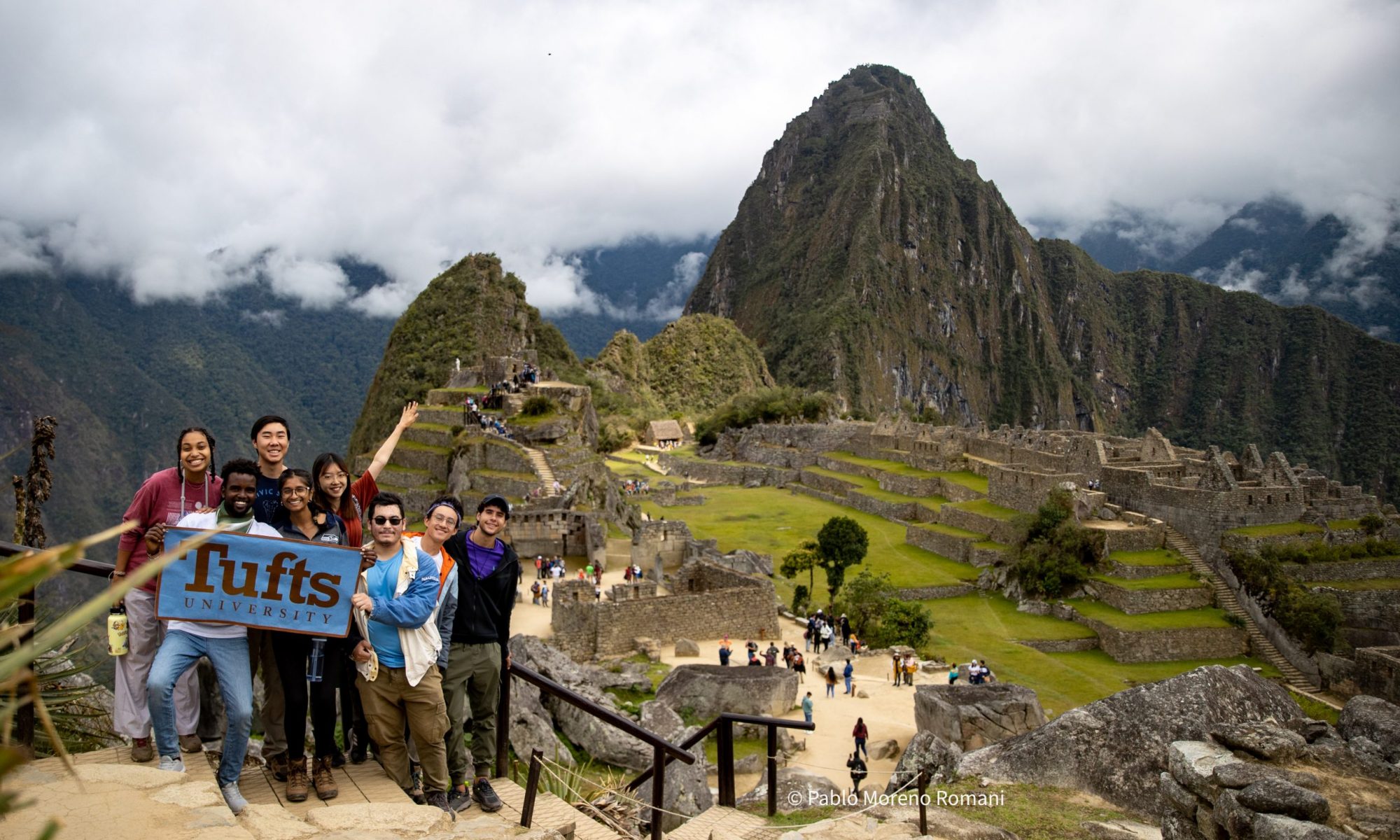
by John, Tufts 1+4 Participant
The most recent blatant invasion of IMBR is the Finca José Solis Durón, a 625 acre cattle farm located in its entirety inside the reserve. Living within the the reserve is illegal, even for the indigenous Rama-Kriol people–who have lived there for hundreds of years. The local Rama-Kriol government has legal power over the region, but with minimal power to enforce the law, they struggle to protect their lands from invaders like José Durón. The tribes have tried to remove Durón from the reserve, but he has resisted and claimed he is not breaking any law. Durón has acknowledged that he owns the ranch, but claims that he bought the land legally, even though national law prohibits the sale or purchase of land within the reserve. To effectively enforce their laws, the Rama-Kriol people rely on support from the national government and military agents. In the case of Durón, however, he has multiple high-ranking friends in the military rendering it unlikely any action will be taken against him.
The most recent onslaught against Indio-Maiz comes in the form of a forest fire that started in early April of 2018. The exact cause of the fire is not known, but environmental experts agree that it was most likely caused by someone entering the reserve and starting a fire. Whether this was a mindless accident, or a malicious attack on the reserve is unknown. The fire spread rapidly and devoured over 10,000 acres in less than a week. The government called for international aid and received help from countries through Central and North America. Even with this aid, the fire continued to spread uncontrolled. Many cite the lack of protection in the region as a source of the fire and blame the national government for not taking the preservation more seriously.
The Indio-Maiz Reserve is a magnificent, resilient body of tropical rainforest. It is one of the few (relatively) untouched sections of rainforest left in Central America, and in the Western Hemisphere. However, there is only so much destruction the jungle can take without unraveling. Between the lumber farming, introduction of cattle ranches, and natural disasters, the area is under incredible stress. Sadly, the government is more concerned with developing their economic future, a future that continues to focus on benefiting the politicians in power, than conserving the incredible natural resources that they have. If the current trajectory doesn’t change soon, the Indio-Maiz Biological Reserve will be left in history as another abused and bygone rainforest.
